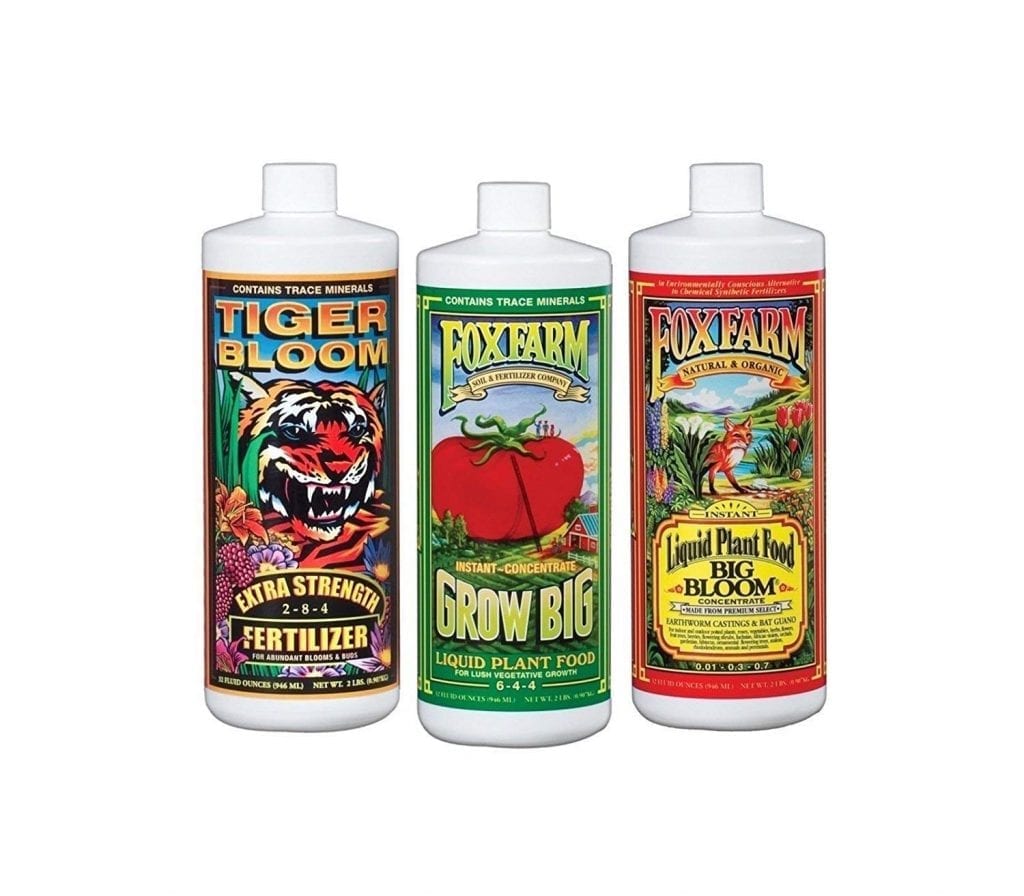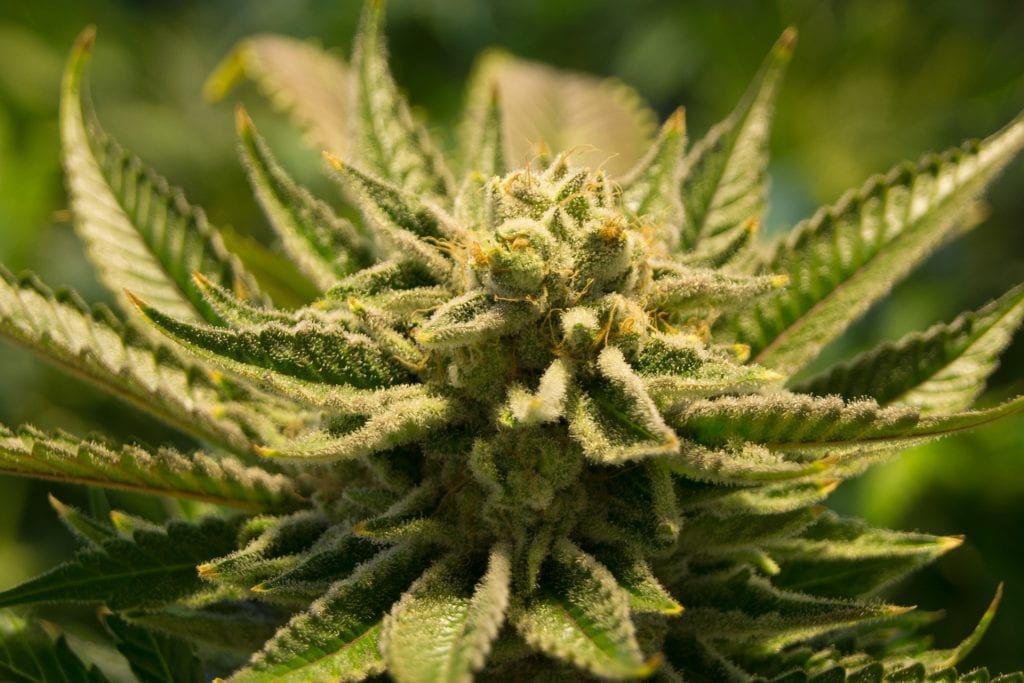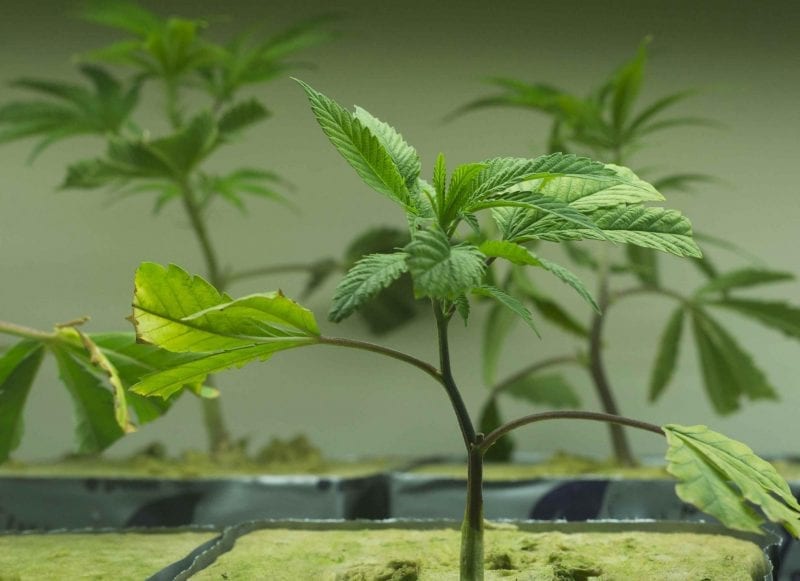Naturally, marijuana plants don’t have any root growth because they don’t have a large capacity to hold water. To let the plant grow without any water shortages, you must constantly trim the edges, especially near harvest. However, instead of throwing away the cuttings, you can start rooting clones. Marijuana clones are much easier to root than you think, but unless you take the right steps, the process can be overlong.
How to make clones root faster? How long do clones take to root normally? Even for beginners, understanding the answers to these questions is not difficult. Hence, all you need to do is follow a few simple steps, which you’ll find in our step by step guide.
Step by Step Guide to Make Clones Root Fast
The market for rooting clones has seen a significant rise in the past decade, and its popularity is expected to keep growing until 2024. With the increase in demand, a lot of technological advancements have been made to marijuana growing techniques. Hence, it’s much easier for beginners to get into the trend while its popularity is still going strong.
Before you can get into the steps, you need to make sure to know how cloning works. First of all, you need to have the right tools on hand. Every cloner must have the following in his or her toolbox:
- Cloning tray (make sure it has ridged edges at the bottom instead of holes)
- One seven-inch vented Dome
- Razorblade, knife, or scissors
- Cloning gel (any brand)*
- Rooting powder (any brand)*
- Two plastic buckets (size small) or two mixing bowls (size large)
- Spray bottle
- Compressed peat pellets
- Grow lights (either LED, Fluorescent or Halide lights)
* Decent brands of rooting powder and cloning gel are available online or at any local plant shop. Also, you may ask your local plant shop owner for suggestions according to your breed of cannabis.
Follow the next steps:
- Fill one of the two buckets with lukewarm water and keep aside;
- Next, place the pellets in a bowl full of warm water and keep them soaked until they expand in size;
- Remove the pellets from the water;
- Next, select a large branch from the mother plant (as bigger branches give bigger marijuana buds);
- Use the razor blade/knife/scissors for cutting clones from the branch at precisely a 45-degree angle;
- Place the newly cut branch into another bucket (this one filled with cold water);
- Dip the wet cuttings into cloning gel and then rooting powder;
- Insert the cut branch into the compressed pellets and add a tablespoon of water (to trigger the cloning gel and rooting powder into taking effect);
- Place the cuttings under grow lights and place the plant inside the seven-inch dome;
- Leave the light on for at least 18 hours per day.
After following these steps, you have a clone. To make the clones root faster, you need to take into account certain aspects of the process. These aspects include:
1. Knowing When to Trim
Firstly, before cutting, make sure that the branches on the mother plant have grown to be at least three to five inches tall. This is because three to five inches is the ideal length for clones. Moreover, the leaves on the branch should be 1 to 1.5 inches wide. Make sure the diameter is not more or less than this as it can cause problems later on.
You don’t need to worry about the myths you may have found on other forums about only cutting the plant underwater, or not cutting the plant using scissors. You don’t need to follow through with these warnings as these are myths. In other words, scissors can easily be used in place of knives or razor blades. Also, you can cut the plant outside of water.
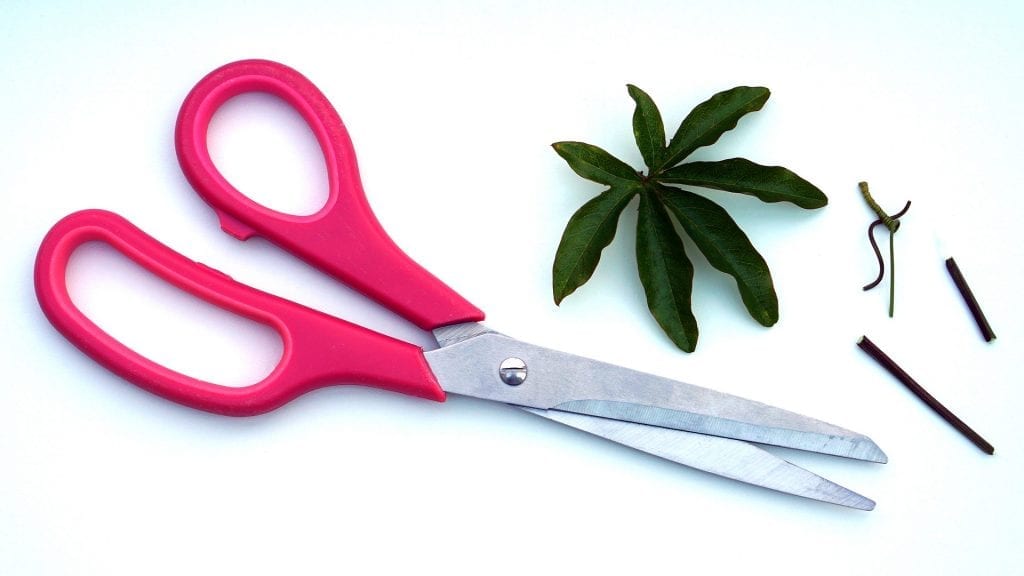
Additionally, while trimming the mother plant, make sure that the crowns of the branches are lined up properly. Cut the clones in groups of at least 10 as this ensures that each clone is cut equally in width and height. This also saves the time that you would take to cut each clone individually.
2. Watching the Temperature
The ideal temperature, both during cutting and after, is 22 to 24° C or 71 to 73° F. This temperature is recommended for faster root growth and should be maintained for both the rooting medium and the plant. Maintaining the ideal temperature is very important in successful cannabis clones rooting because the development of the plant depends on it.
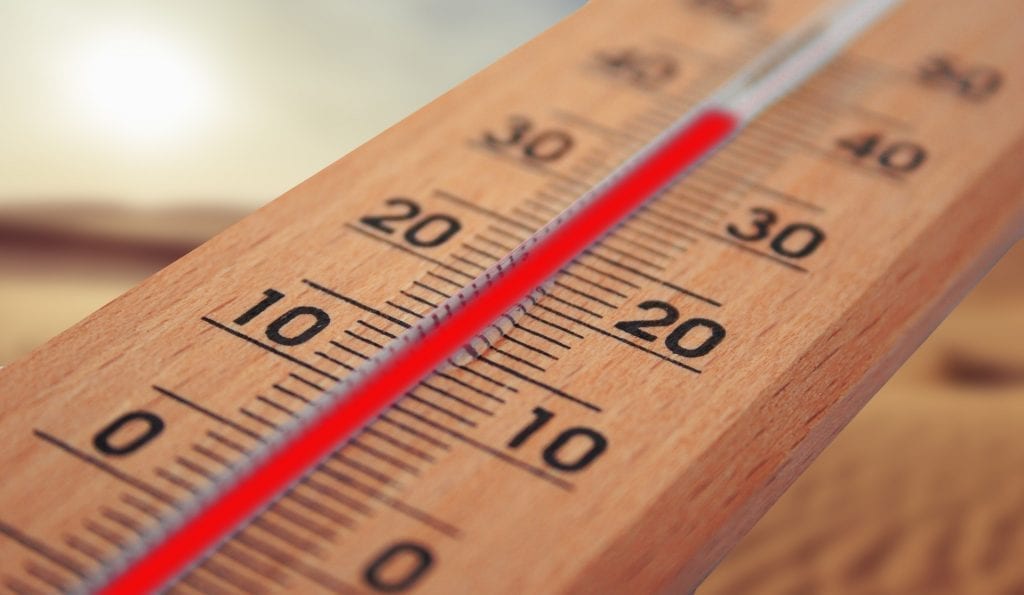
If the temperature is too low, the roots will grow very slowly. The stomata on the plant will close and consequently, prevent the exchange of oxygen. Without the right exchange of gases, the plant’s growth will be stunted.
Additionally, if the temperature is too high, the plant will suffer from heat stress. Heat stress, generally, encourages the growth of mold and other fungi. However, in both cases, the plant will eventually die.
3. Maintaining the Humidity
Moreover, high humidity is as equally important to maintain as the right temperature. As mentioned above, the water intake of the plant is important because it has naturally low capacity. For the root to stay hydrated, it needs to draw a good amount of moisture from the air itself.

Therefore, the humidity of your green room should be around 90 to 100%. While it’s not impossible to get clones rooted in lower humidity levels, higher levels will increase the chances of survival for the plant. You should make sure to keep the room humid in all stages of the cannabis clones rooting.
4. Using the Right Fertilizer
After you’re done setting up the right conditions, you need to think about fertilizers. Don’t add anything to the plant the first time you water your cannabis clones. Only start using fertilizer on the second or third time. The fertilizer that is recommended for cannabis clones is hydrogen peroxide. Buy a bottle with about a 0.5% concentration of hydrogen peroxide.
Usually, you’re able to get 15-30-15 or 5-8-3 type fertilizers on the market, which are both affordable and great for promoting a healthy clone. If you can’t get these, simply get a fertilizer with a high phosphorus concentration. Use one of these fertilizers for the second time you’re watering the clones.
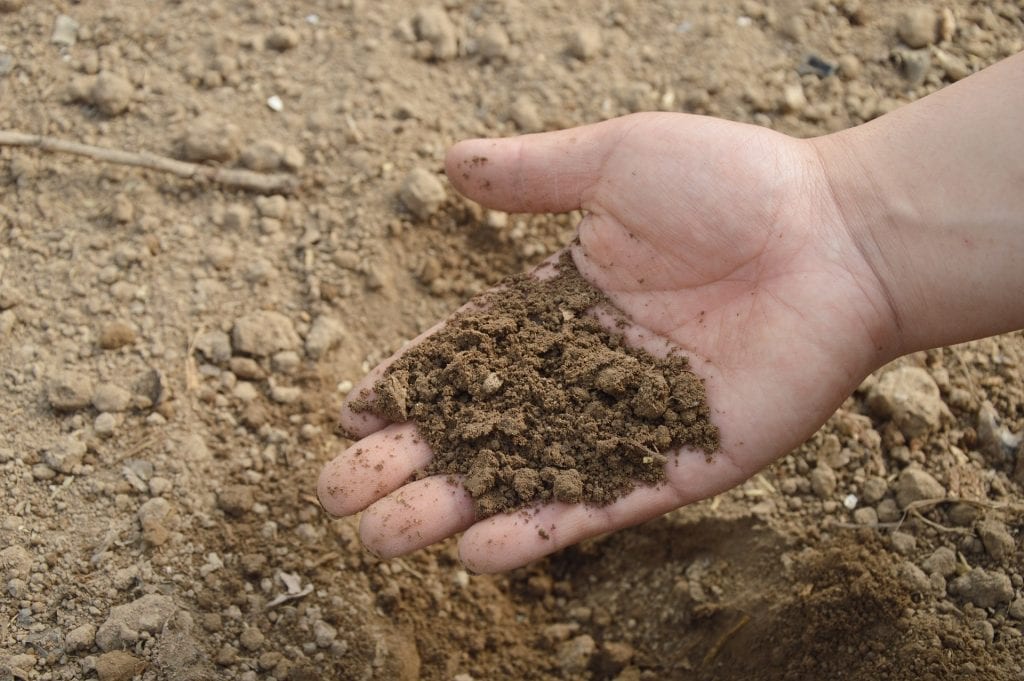
For the third or fourth time, you need to increase the phosphorus concentration by 0.25%. This means you should buy a different fertilizer, preferably an 18-18-21 or a 16-16-16. Using the right fertilizer keeps the plant healthy and makes the clones root faster.
5. Giving the Right Color Spectrum of Light
Finally, you need to give the plant the right color spectrum of light. As mentioned above, lighting is the last step to growing a clone, but it’s integral in up keeping the right conditions. You can either use fluorescent lights with a minimum of five Kelvin or Halide lamps of 250/400/600 Watts. There needs to be one tube of lighting per foot of the clones’ width.
The color spectrum offered by these lights should be either blue or red. Studies on marijuana growth have shown that blue or red spectrums have an edge in promoting healthy roots over other colors. For red spectrums, make sure the color is 2700K, also known as ‘Warm White.’
On the other hand, blue spectrums should range from 5000K to 6500K. Both kinds of bulbs are very affordable and easily available in local markets. While both have considerable benefits, the blue color spectrum is better than the red because it amplifies growth after the clone has rooted.
The red spectrum has a higher light intensity and needs to be stopped right after the rooting because it ends up tarnishing the plant.
Rooting Clones in Water
Some people like rooting their clones in water. If you decide to do this, you need to take some precautionary measures. Generally, rooting clones in water isn’t preferred because it’s accompanied by algae growth. The algae can slow down or disrupt the rooting process.
To minimize this risk, you can keep track of the algae growth. Make sure to observe the plant constantly to make sure the algae isn’t clogging up the container and stunting the plant’s growth rate.
Secondly, if you keep the plant submerged in a dark container, it’ll reduce the algae’s growth. Algae need light to grow freely, so avoid using a transparent or light-colored water bucket. This won’t eliminate the algae, but it will help you control its growth rate.
Cloning in Soil
Soil is the most recommended medium for rooting clones. Unlike the use of Rockwool cubes, which requires a constant balance of pH levels, using soil is more organic and can provide more nutrients to the plant.
You should always use well-composted garden soil as you can’t trust ordinary soil samples dug up from your back garden. Once you have selected your soil, you need to pick out a soil pot and fill it to the brim. After this, poke a hole through the center, spray it with water, and insert your plant inside.
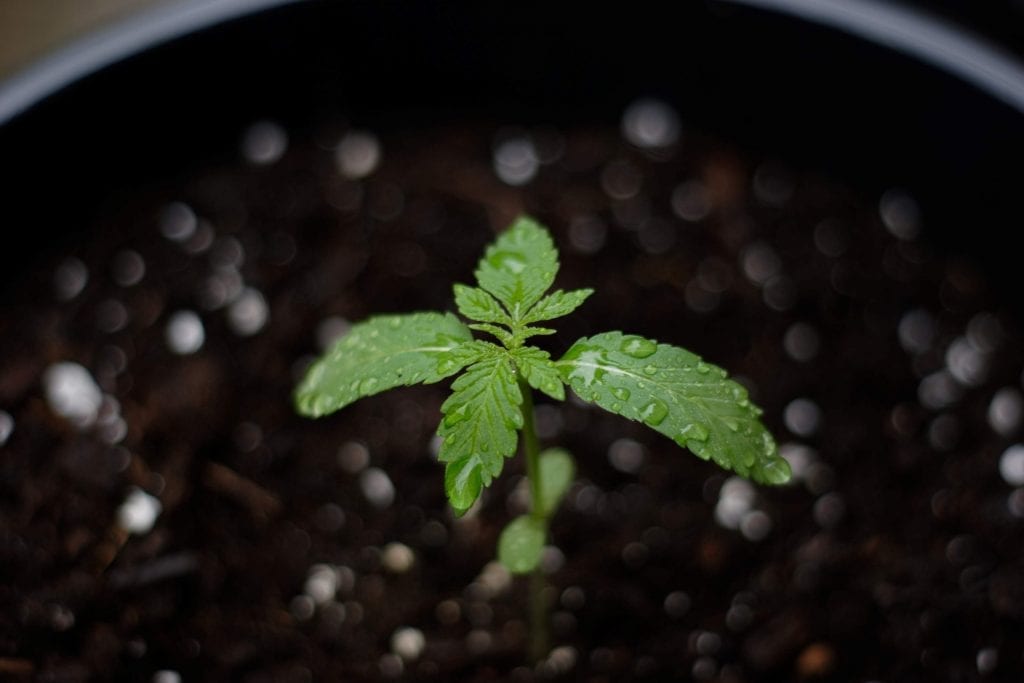
Frequently Asked Questions
Can you clone a clone?
Yes, you can. The process for cloning a marijuana plant is cyclical. The clone will eventually grow enough to become the mother plant. You can trim your plants’ branches and create a whole new plant again and again.
Which rooting hormones should I use?
As mentioned above, rooting powder and clone gel is easily available at any local stores. They’re both essential ingredients because they accelerate the growth of your roots. There are multiple brands out there, but choosing the best one for you usually depends on trial and error. You can ask any marijuana experts around you for advice.
However, you’ll have to figure out yourself, which brand is working for you and which isn’t. Luckily, you won’t be wasting your money as rooting hormones aren’t very expensive. Some suppliers will sell them at very low prices.
What size pots to use for my clones?
The ideal pot size for clones depends strongly on its size. However, after the initial rooting, you should get a medium-sized gallon container. The material of the pot should allow air to pass through so that the plant can prune properly. Once the plant has reached maximum growth, you can transfer it to a large-sized pot.
You can tell whether a plant is ready to be moved when the roots begin to thicken instead of elongating. Thicker roots mean that the plant is getting ready to absorb more nutrients. This can happen rather quickly so be sure to not keep the clone in a one-gallon pot for long.
If you see extended upward growth and a thickening stem, your plant is most likely ready to be moved out of the pot.
How long do clones take to root?
The normal period for clones to take root ranges from 7 to 14 days. However, this will depend on the factors mentioned above.
To summarize, if you’re wondering how to make clones root faster, make sure to:
- Trim the plant properly
- Keep the plant at the right temperature and humidity
- Provide the right fertilizer
- Keep the plant at the right lighting spectrum
By doing all this, the length of time decreases significantly, and you have a healthy, vibrant plant.
Why aren’t my cannabis cuttings not rooting?
There are many reasons why your cannabis clones may not be rooting. Firstly, you could be making some mistakes while cutting the branches. Also, to avoid these mistakes, make sure you’re cutting the cannabis at the right length. If you cut them too small, it’ll be tough to water the plant.
Furthermore, make sure to dampen the container you’ll keep the clones in. The container needs to be slightly humid, with a pH level of 6.0. So, don’t dampen the container too much as it may cause the stem of the plant to rot.
Another common mistake amongst gardeners is shedding the cannabis skin while cutting. To explain, all breeds of cannabis have a second layer of skin that contains naturally occurring root hormones. So, if you end up shedding this layer, the plant in your cloning machine won’t take root at all.
Conclusion
Simply put, there are many things to consider while rooting marijuana clones. Through this guide, we hope you’ve understood how to make clones root faster. The overall process is not that difficult, but you need to keep a constant check on your plants. Slacking off on the root maintenance can result in unsuccessful clones.
If you want to succeed, you have to be diligent in maintaining the right conditions, so that your clones’ growth rate can be maximized.
Table of contents



